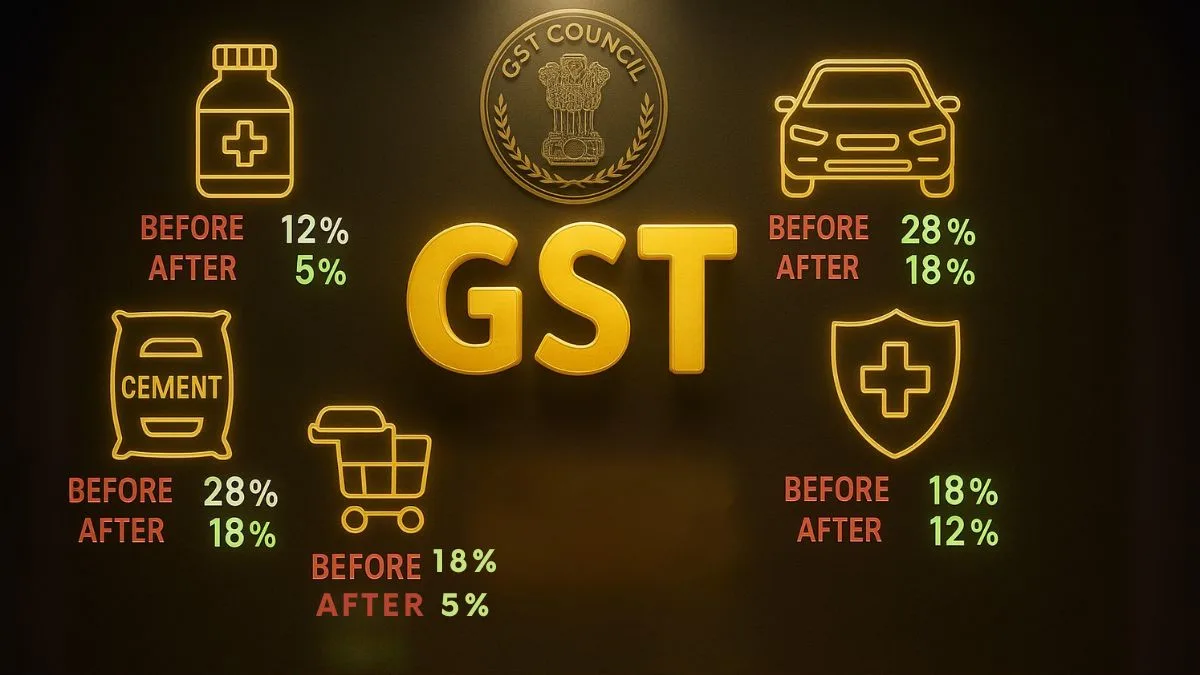
Agriculture has always been the backbone of India’s economy. Millions of people depend on farming for their livelihood, and the revenue generated from cultivation is often the main source of survival for rural households. To encourage and support farmers, Indian tax law provides special treatment to agricultural earnings.
The Income Tax Act clearly defines agricultural income and specifies how it is treated for taxation purposes. While most forms of agricultural income are exempt from tax, they still play an important role in determining the overall tax liability of individuals when clubbed with non-agricultural income.
What is Agricultural Income?
Under the Income Tax Act, agricultural income refers to any rent or revenue derived from land situated in India & used for agricultural purposes. It also includes the total revenue an individual or entity earns from sources related to farming and cultivation.
In simple terms, if money is earned directly from agricultural activities like growing crops, managing plantations, or renting agricultural land, it qualifies as agricultural income. This definition ensures clarity in distinguishing between agricultural and non-agricultural sources.
Sources of Agricultural Income
Agricultural income can come from various sources. Some of the most common include:
- Rent or Revenue from Land – If a person receives rent from agricultural land, it is considered agricultural income.
- Revenue Generated from Agricultural Activities – Profits from cultivation, harvesting, and selling crops directly fall under this head.
- Earnings Derived from Farming Activities – Activities such as growing crops, plantations (tea, coffee, rubber), & allied farming work also qualify."
- Income from Buildings on Agricultural Land – If a building is used for storing produce or as a farmhouse within the land, it can also be treated as agricultural income.
This broad coverage ensures that farmers & landowners benefit from tax exemptions on genuine farming-related earnings.
Tax Treatment of Agricultural Income
In India, agricultural income is exempt from tax under Section 10(1) of the Income Tax Act. This exemption is a policy decision aimed at supporting farmers & promoting the agricultural sector.
However, this exemption does not mean agricultural income is ignored entirely. While no tax is levied on it directly, it is considered for rate purposes in certain cases where an individual also has non-agricultural income. This is known as partial integration of agricultural income.
Also Read: List of Tax-Free Incomes You Must Know
Partial Integration Explained
Partial integration comes into play when a taxpayer has both agricultural & non-agricultural income. Here’s how it works:
- Agricultural income is added to non-agricultural income to determine the applicable tax slab.
- Tax is then calculated on the combined income.
- Finally, relief is given by excluding agricultural income, but the slab rate applied remains higher due to the combined total.
This ensures that high-income individuals cannot misuse the agricultural exemption to evade taxes.
Examples of Agricultural Income
To understand better, let’s look at some practical examples:
- Valid Agricultural Income: Rent received from leasing farmland, profits from selling crops grown on owned land, or revenue from a tea plantation.
- Not Agricultural Income: Income from trading agricultural produce, commission from selling crops, or income from poultry farming.
Thus, while earnings derived from farming activities are exempt, income indirectly related to agriculture may still be taxable.
Importance of Exempting Agricultural Income
The exemption of agricultural income has several benefits:
- It protects the income of farmers who largely depend on cultivation for survival.
- It encourages continued investment in agriculture.
- It ensures fairness by differentiating between genuine agricultural earnings & business profits.
By exempting revenue generated from agricultural activities, the government extends support to a sector that forms the lifeline of rural India.
Also Read: Tax-Free Allowances Explained for Employees
Agricultural vs. Non-Agricultural Income
It is essential to distinguish between agricultural & non-agricultural income to avoid confusion:
- Agricultural Income: Rent from farmland, revenue from crop cultivation, or income from plantations.
- Non-Agricultural Income: Salary of a farmer employed by a company, profits from selling agricultural machinery, or commission earned by traders of agricultural goods."
This distinction helps in proper tax computation and compliance.
Challenges in Defining Agricultural Income
Although the law defines agricultural income, practical challenges remain. Many individuals misuse the exemption by showing business profits as agricultural revenue. This creates loopholes & leads to tax evasion.
For example, large estates or commercial entities may disguise profits as agricultural earnings. To prevent this, the Income Tax Department scrutinizes high-value claims to ensure they genuinely qualify as any rent or revenue derived from land or earnings derived from farming activities.
Agricultural Income in Modern Times
With modernization, agriculture has expanded beyond traditional farming. Activities such as greenhouse farming, organic produce, and hybrid crop cultivation are increasingly common. While these fall under the definition of revenue generated from agricultural activities, disputes sometimes arise regarding allied industries like dairy or fisheries.
The law continues to evolve to keep up with changing practices, ensuring farmers benefit while businesses remain accountable.
Role in Tax Planning
Even though agricultural income is exempt, it influences overall tax planning. Individuals with high non-agricultural income need to understand the effect of partial integration. Taxpayers should calculate their total income carefully, factoring in agricultural sources.
For genuine farmers, this exemption ensures they can focus on growth without worrying about additional tax burdens. For professionals, understanding the nuances helps in avoiding mistakes & ensuring compliance.
Also Read: Tax Exemption for Scheduled Tribes
Final Thoughts
Agricultural income includes any rent or revenue derived from land, rent/revenue from land used for agriculture, and earnings derived from farming activities. It covers the total revenue an individual or entity earns from sources linked to farming. While agricultural income is exempt, it is still used for rate purposes when combined with non-agricultural income.
By exempting revenue generated from agricultural activities, the government supports the backbone of India’s economy while ensuring fairness in taxation."
✅ Want to understand how agricultural income affects your tax liability or plan your income sources better? Visit Callmyca.com and let our tax experts guide you step by step—so you save smartly while staying 100% compliant.










